Fashion Forecasting: Purpose, Steps and Influence
09/02/2024 2024-07-02 15:44Fashion Forecasting: Purpose, Steps and Influence
Fabriclore
Fashion Forecasting: Predicting the Future of Style
Fashion Forecasting is a practice that is used in the ever-evolving fashion industry, with trends constantly changing and new styles emerging all the time. But how do designers and brands know what styles will be popular in the future? This is where fashion forecasting comes in.
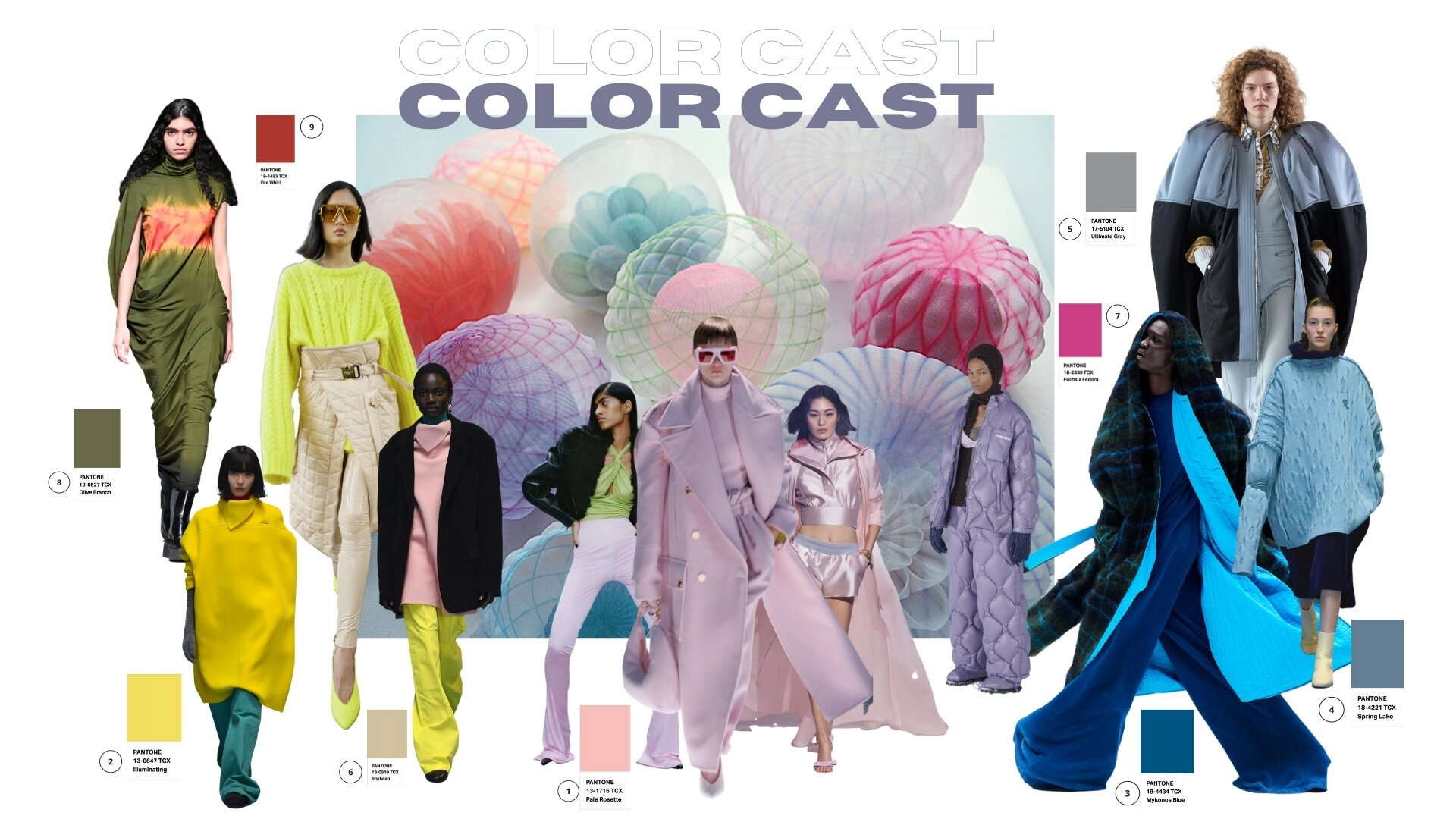
Lindsay Boyd
What is Fashion Forecasting?
Fashion forecasting is the process of predicting future trends in fashion. It involves a combination of research, analysis, and creativity to identify the styles, colors, and fabrics that will be popular in the coming seasons. Fashion forecasters use a variety of methods to gather data, including:
- Trend analysis: Looking at past trends to see what has been popular in the past and what is currently popular.
- Social media monitoring: Seeing what people are talking about and sharing on social media.
- Economic and political analysis: Considering how current events and economic conditions might affect people’s buying habits.
- Consumer surveys: Asking people directly what they like and dislike.
- Fashion shows and industry events: Attending fashion shows and other industry events to see what designers are showing.
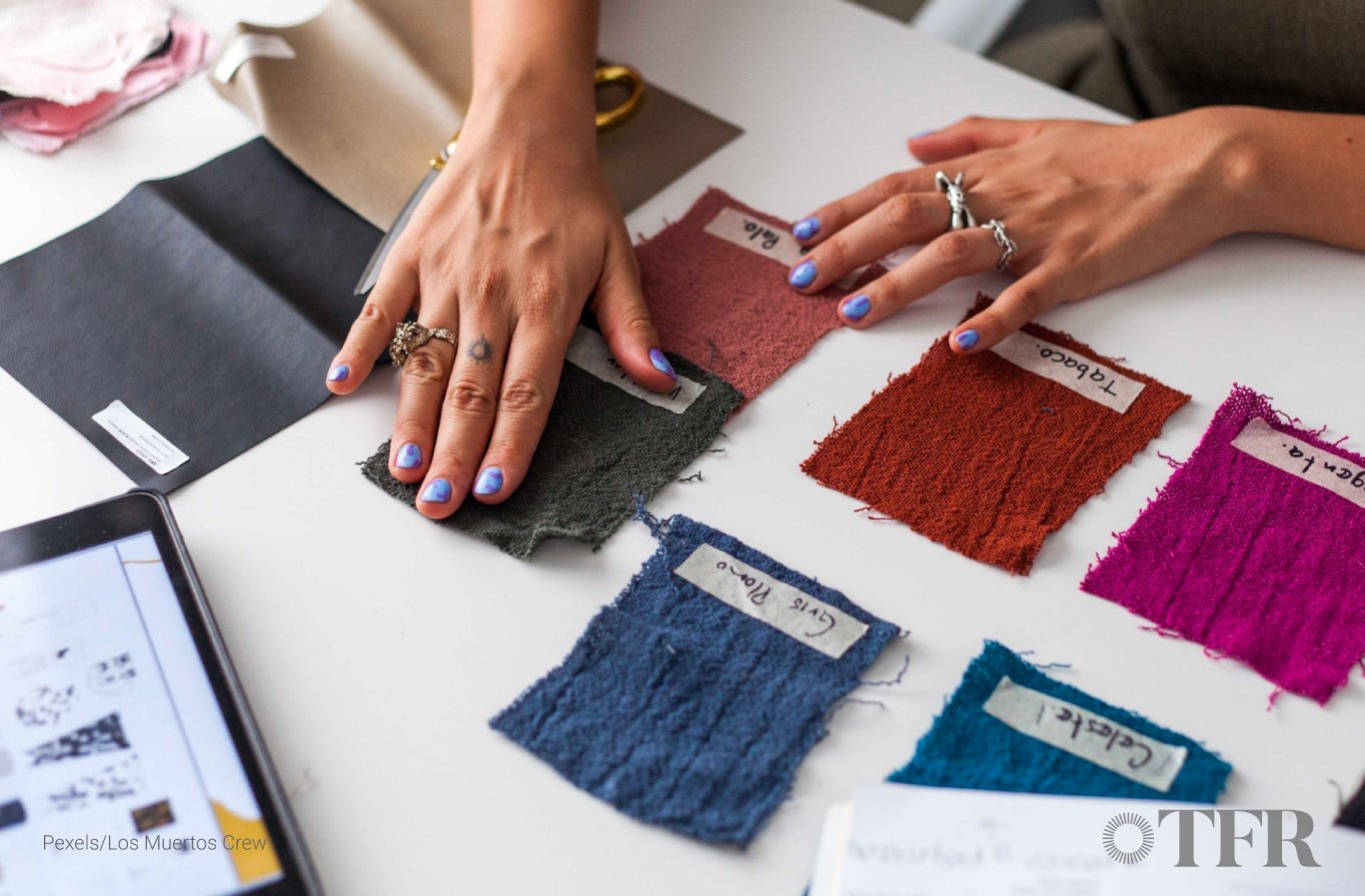 TFR
TFR
Once they have gathered data, fashion forecasters then use their knowledge of the fashion industry and their creative intuition to make predictions about future trends.
Steps Involved in Fashion Forecasting
The fashion forecasting process typically involves the following steps:
- Define the target audience: Who are you designing for? What are their needs and preferences?
- Research and analysis: Gather data from a variety of sources to identify emerging trends.
- Trend identification: Identify the most relevant and promising trends.
- Trend analysis and refinement: Analyze the trends in more detail and refine your predictions.
- Trend communication: Communicate your findings to designers, manufacturers, and retailers.
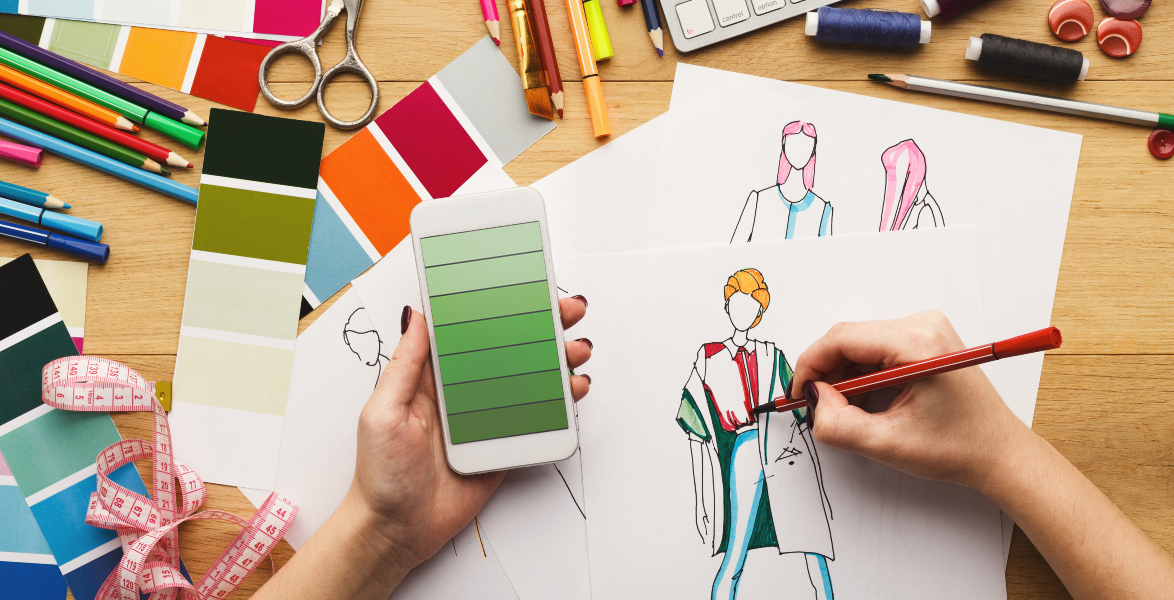
The Voice of Fashion
The Influence of Fashion Forecasting
Fashion forecasting has a major influence on the entire fashion industry. It helps designers, manufacturers, and retailers make informed decisions about what to produce and sell. It can also help consumers to understand what styles are going to be popular and make informed purchasing decisions.
Here are some of the ways that fashion forecasting influences the fashion industry:
- It helps designers to create collections that are on-trend and appealing to consumers.
- It helps manufacturers to plan their production schedules and avoid being left with unsold inventory.
- It helps retailers to stock their stores with the right products to meet consumer demand.
- It can help to create a more sustainable fashion industry by reducing waste and encouraging consumers to buy fewer, more expensive items.
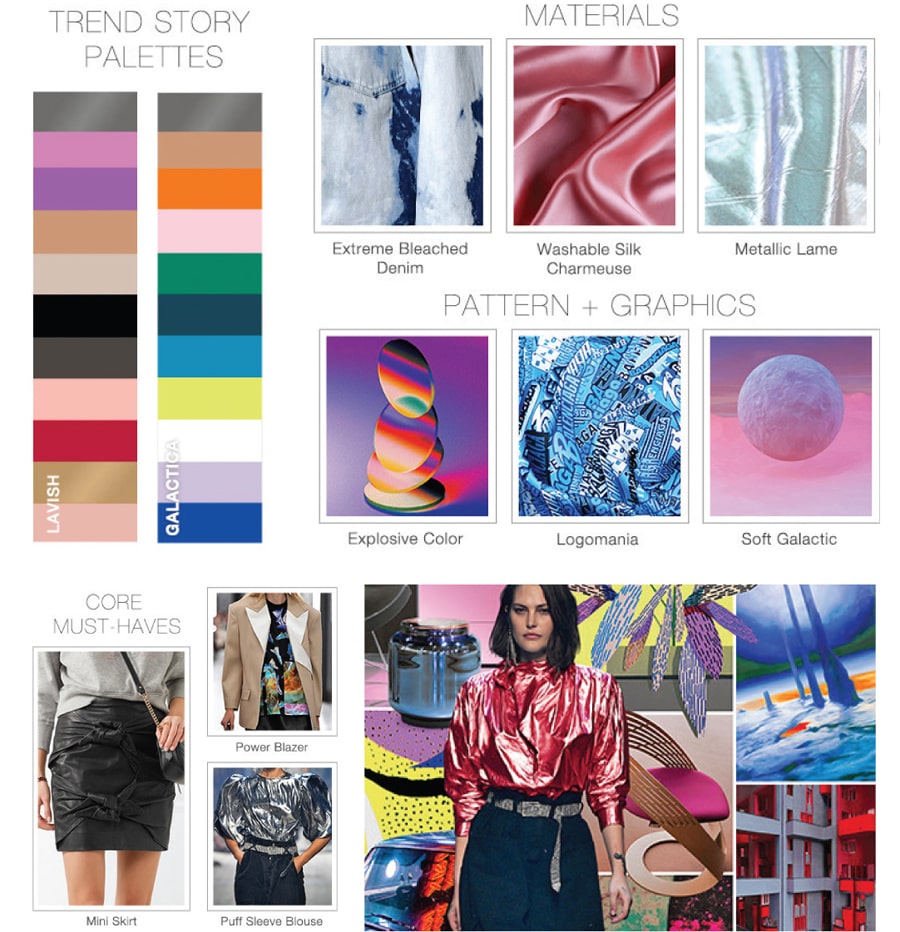
Apparel Resources
The Future of Fashion Forecasting
Fashion forecasting is constantly evolving, as new technologies and data sources become available. Some of the trends that are likely to shape the future of fashion forecasting include:
- The use of artificial intelligence (AI) to analyze data and identify trends.
- The use of virtual reality (VR) and augmented reality (AR) to create more immersive and interactive forecasting experiences.
- The use of social media data to get real-time insights into consumer preferences.
As fashion forecasting becomes more sophisticated, it will play an even more important role in shaping the future of the fashion industry.
How to practice fashion Forecasting in the real-time:
Social media:
- Trending hashtags: Keep an eye on popular hashtags related to fashion on platforms like Instagram, Facebook and Pinterest. Emerging trends often gain traction through specific hashtags, revealing what people are excited about and creating.
- Influencer activity: Fashion influencers are often trendsetters and early adopters. Analyze their content, outfits, and collaborations to see what they’re showcasing and promoting.
- Live shopping events: Observe what items sell out quickly during live shopping events hosted by brands or retailers. This can indicate high demand and potential future trends.
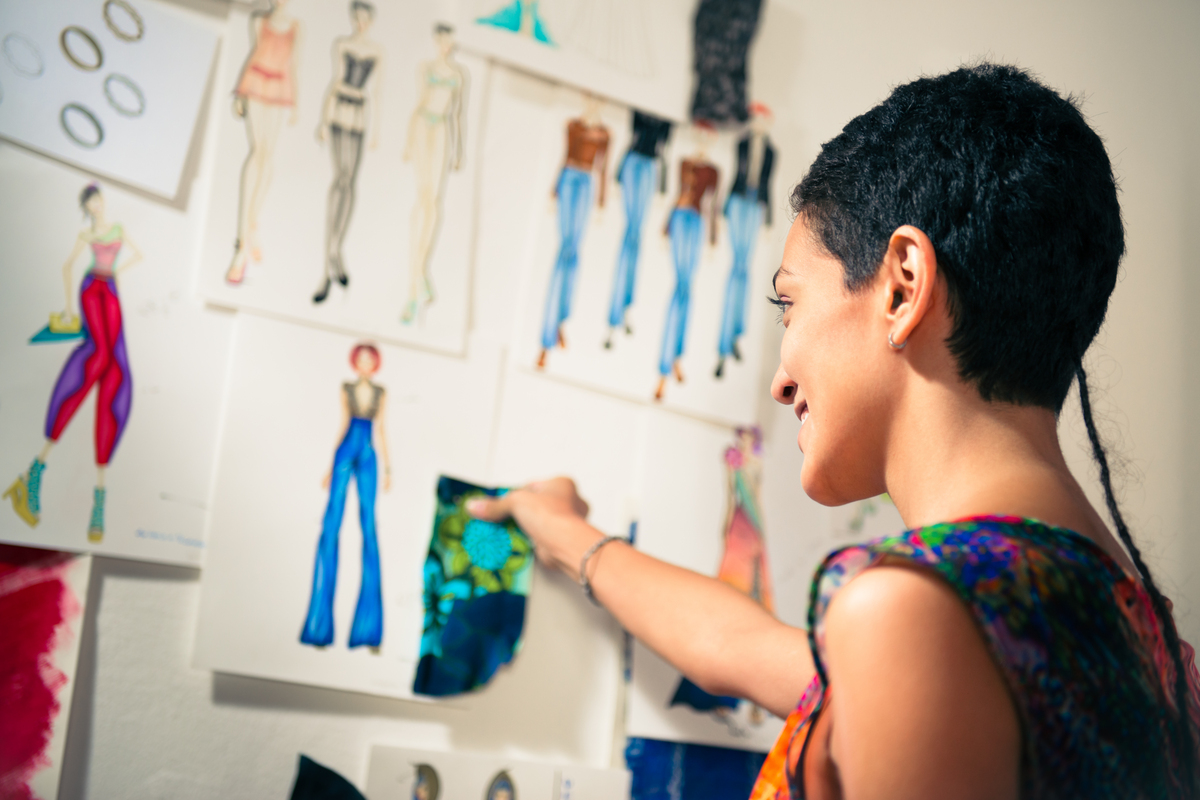 Yellowbrick
Yellowbrick
Technology:
- AI-powered trend analysis tools: Platforms like Heuritech and WGSN use AI to analyze vast amounts of data, including social media activity, search trends, and consumer behavior, to predict upcoming trends.
- Virtual runways and presentations: Many fashion brands are now hosting virtual events, which often showcase innovative and experimental designs that could lead to future trends.
- Fashion search trends: Track rising search terms on fashion platforms and search engines to see what people are actively looking for and interested in.
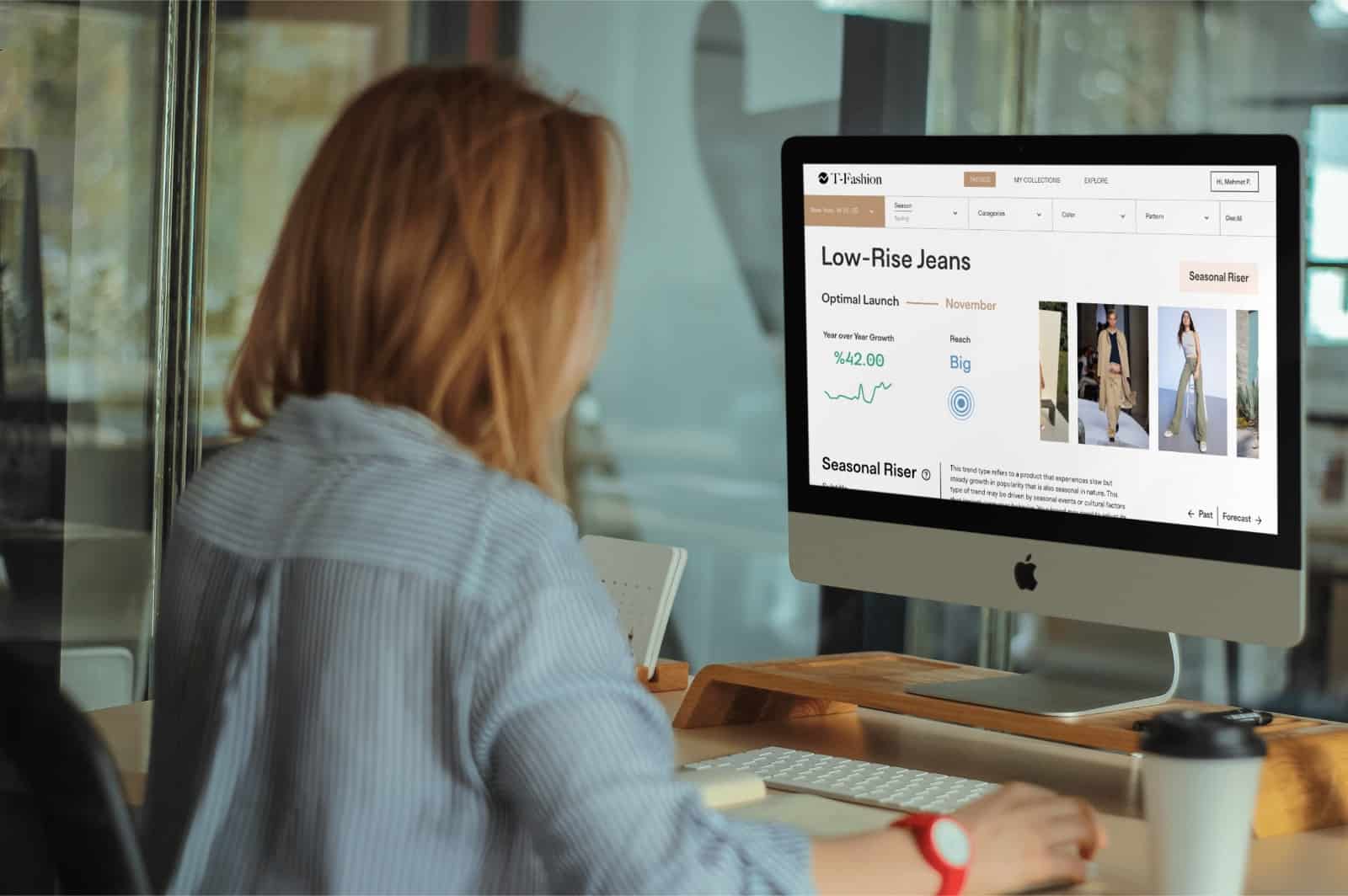
IFA Paris
Real-world observations:
- Street style: Observe what people are wearing on the streets, particularly in trend-setting cities. Pay attention to recurring patterns, color palettes, and silhouettes.
- Celebrity appearances: Analyze red carpet looks and paparazzi photos of celebrities to see what they’re wearing and if it aligns with emerging trends.
- Retail store displays: Look at how stores are merchandising their products and what items are prominently featured. This can indicate what retailers are betting on for the upcoming season.
Here’s something extra for you:
- Keep an eye on sustainability and ethical practices: As these become increasingly important, expect to see trends reflecting them, such as upcycled materials, natural dyes, and transparency in production processes.
- Consider regional and cultural influences: Fashion trends often vary depending on location and culture. Pay attention to what’s popular in different regions to gain a broader perspective.
By combining these approaches, you can gain valuable insights into real-time fashion trends and make informed decisions about your wardrobe, business, or creative endeavors. Remember, trends are constantly evolving, so staying observant and adaptable is key!
Conclusion
Fashion forecasting is a complex and challenging process, but it is essential for the success of the fashion industry. By using research, analysis, and creativity, fashion forecasters can help predict future trends and ensure that the industry is producing styles that consumers want to buy.













